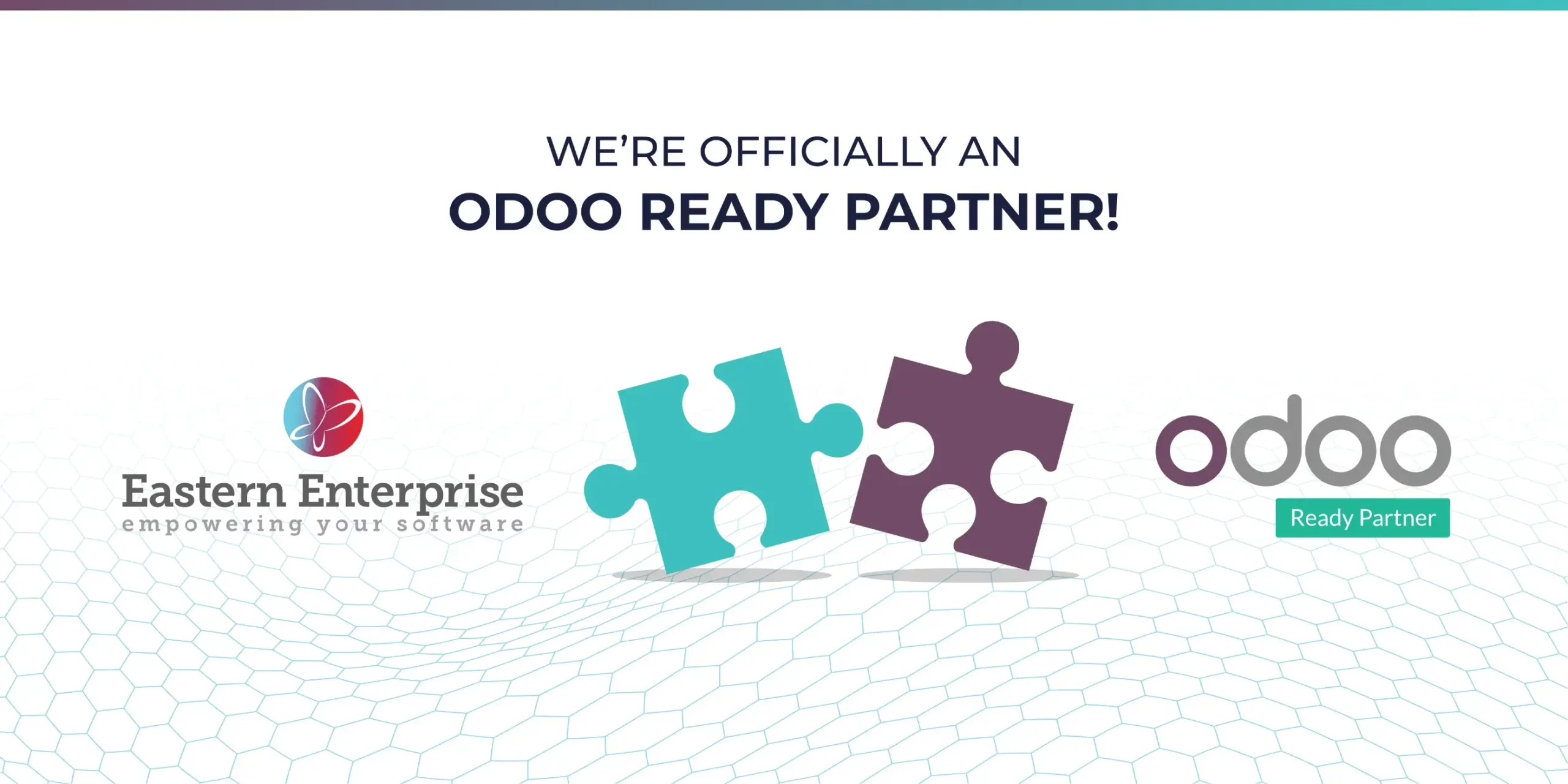In the fast-paced world of e-commerce, data has become an invaluable asset for businesses seeking growth and success. The ability to harness the power of data analytics has transformed the way companies make informed decisions and optimize their strategies. This blog post will delve into the importance of data-driven decision making in e-commerce and highlight key areas where analytics can drive growth. We will explore the significance of customer segmentation, conversion rate optimization, customer lifetime value (CLV) analysis, and data-driven marketing strategies, shedding light on how these practices can enhance the overall performance of an e-commerce business.
The Power of Customer Segmentation
Effective customer segmentation is crucial for e-commerce businesses looking to tailor their marketing efforts and deliver personalized experiences. By analysing data on customer demographics, behaviours, preferences, and purchase history, businesses can divide their customer base into distinct segments. This allows them to create targeted marketing campaigns, develop relevant product recommendations, and improve customer engagement. Utilizing data analytics tools, e-commerce businesses can identify patterns, segment customers based on common characteristics, and create customized experiences that resonate with each segment. Customer segmentation not only boosts conversion rates but also enhances customer satisfaction and loyalty.
Unlocking Conversion Rate Optimization
Conversion rate optimization (CRO) focuses on improving the percentage of website visitors who take the desired actions, such as making a purchase or filling out a form. Data analytics plays a vital role in CRO by providing insights into user behaviour, identifying pain points in the customer journey, and optimizing website elements for maximum conversions. By utilizing A/B testing, heat maps, and user session recordings, e-commerce businesses can analyse the effectiveness of various design elements, calls-to-action, and checkout processes. Data-driven optimization strategies empower businesses to make informed decisions about web design, copywriting, and user experience, ultimately driving higher conversion rates and revenue growth.
Maximizing Customer Lifetime Value (CLV)
Customer lifetime value (CLV) is a critical metric that quantifies the long-term value a customer brings to a business. By analysing historical data, purchase frequency, average order value, and customer retention rates, e-commerce businesses can gain insights into the profitability of each customer segment. Understanding CLV enables businesses to prioritize their marketing efforts, allocate resources effectively, and identify high-value customers for targeted retention strategies. Data analytics allows e-commerce businesses to personalize offers, provide tailored recommendations, and implement loyalty programs to increase customer retention and maximize CLV.
Harnessing Data-Driven Marketing Strategies
Data-driven marketing strategies empower e-commerce businesses to optimize their campaigns, improve customer acquisition, and enhance overall marketing ROI. By analysing data on customer preferences, purchase history, and browsing behaviour, businesses can create highly targeted and personalized marketing campaigns. From email marketing and social media advertising to dynamic product recommendations and retargeting, data analytics enables businesses to deliver relevant messages to the right audience at the right time. These data-driven marketing strategies not only enhance customer engagement but also increase conversion rates and drive revenue growth.
Conclusion
Data-driven decision-making has become a cornerstone of success in the e-commerce industry. By leveraging data analytics, businesses can unlock valuable insights, optimize their strategies, and drive growth. Customer segmentation allows businesses to deliver personalized experiences, conversion rate optimization maximizes website performance, CLV analysis helps identify high-value customers, and data-driven marketing strategies improve targeting and campaign effectiveness. E-commerce businesses that embrace data-driven decision-making gain a competitive edge in a rapidly evolving digital landscape, enabling them to stay ahead of the curve and meet the ever-changing demands of their customers.
